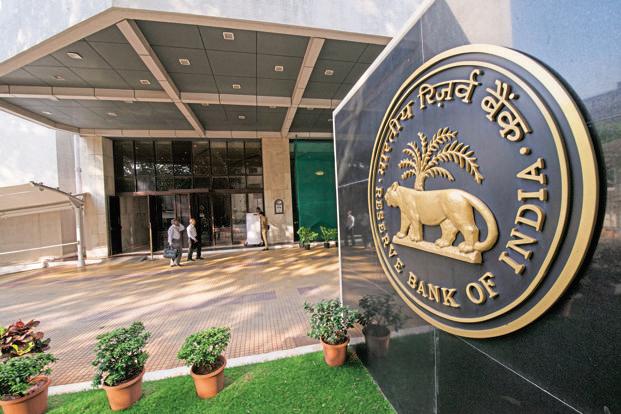RBI says the accounts in the second defaulter list should be first
resolved through any of its schemes before 13 December, failing which
they should be referred to NCLT under Insolvency and Bankruptcy Code
before 31 December.
Mumbai:
The Reserve Bank of India (RBI) has sent commercial banks a second list
of at least 26 defaulters with which it wants creditors to start the
process of debt resolution before initiating bankruptcy proceedings,
three bankers aware of the development said.
In a letter, the
central bank said these accounts should first be resolved through any of
RBI’s schemes before 13 December, failing which cases should be filed
against these companies under the Insolvency and Bankruptcy Code (IBC)
at the National Company Law Tribunal (NCLT) before 31 December.
NCLT is the arbitration authority for cases filed under the IBC.
These
are accounts where 60% of the outstanding amount was classified as
non-performing on the books of banks as of 30 June, RBI added in its
letter, the bankers cited above said on condition of anonymity.
The
defaulters’ list comprises companies primarily in the power,
telecommunication, steel and infrastructure sectors, according to the
bankers, who spoke on condition of anonymity.
Mint hasn’t seen a copy of the letter.
Videocon
Industries Ltd and Jaiprakash Associates Ltd (JAL) are the two large
companies among the list of 26 defaulters, accounting for over Rs1
trillion of debt, two of the bankers said. Multiple phone calls to
Venugopal Dhoot, chairman and managing director of Videocon, remained
unanswered.
“We have no comment to offer as JAL’s resolution plan
was approved on 22 June by JLF (joint lenders’ forum),” said Manoj Gaur,
chairman, Jaypee Group.
Mint isn’t naming the remaining 24
defaulters because it couldn’t confirm the names from at least two
bankers and couldn’t reach out to them.
On 19 August,
Mint reported that RBI had identified 40 large defaulters
as the next lot of firms where banks will push for early debt
resolution. Along with the 12 cases where bankruptcy proceedings have
already started, these would account for 60-65% of the bad loans
clogging the banking system, the report added.
Gross bad loans of banks rose 24% year-on-year to Rs7.79 trillion at the end of June.
In
June, RBI identified 12 accounts accounting for 25% of gross bad loans
in the system for immediate bankruptcy proceedings. Except for Era Infra
Engineering Ltd, the other 11 cases have been admitted by NCLT.
At
that time, the central bank had said that lenders should finalize a
resolution plan within six months for their top 500 stressed accounts.
If they failed to find a resolution through other means, then they
should move the NCLT for bankruptcy, RBI said.
“If this list is
true, it creates an incentive for both lenders and borrowers to
restructure accounts outside of the bankruptcy code and avoid the
disruptions that a bankruptcy filing can sometimes cause,” said Ashwin
Bishnoi, partner, Khaitan and Co.
“Of course, as lenders and
borrowers compare their options, they would like to know the difference
between the bankruptcy code and other RBI restructuring regimes in terms
of asset provisioning for banks. RBI clarity on this comparison would
be helpful,” Bishnoi added.

Comments
Post a Comment